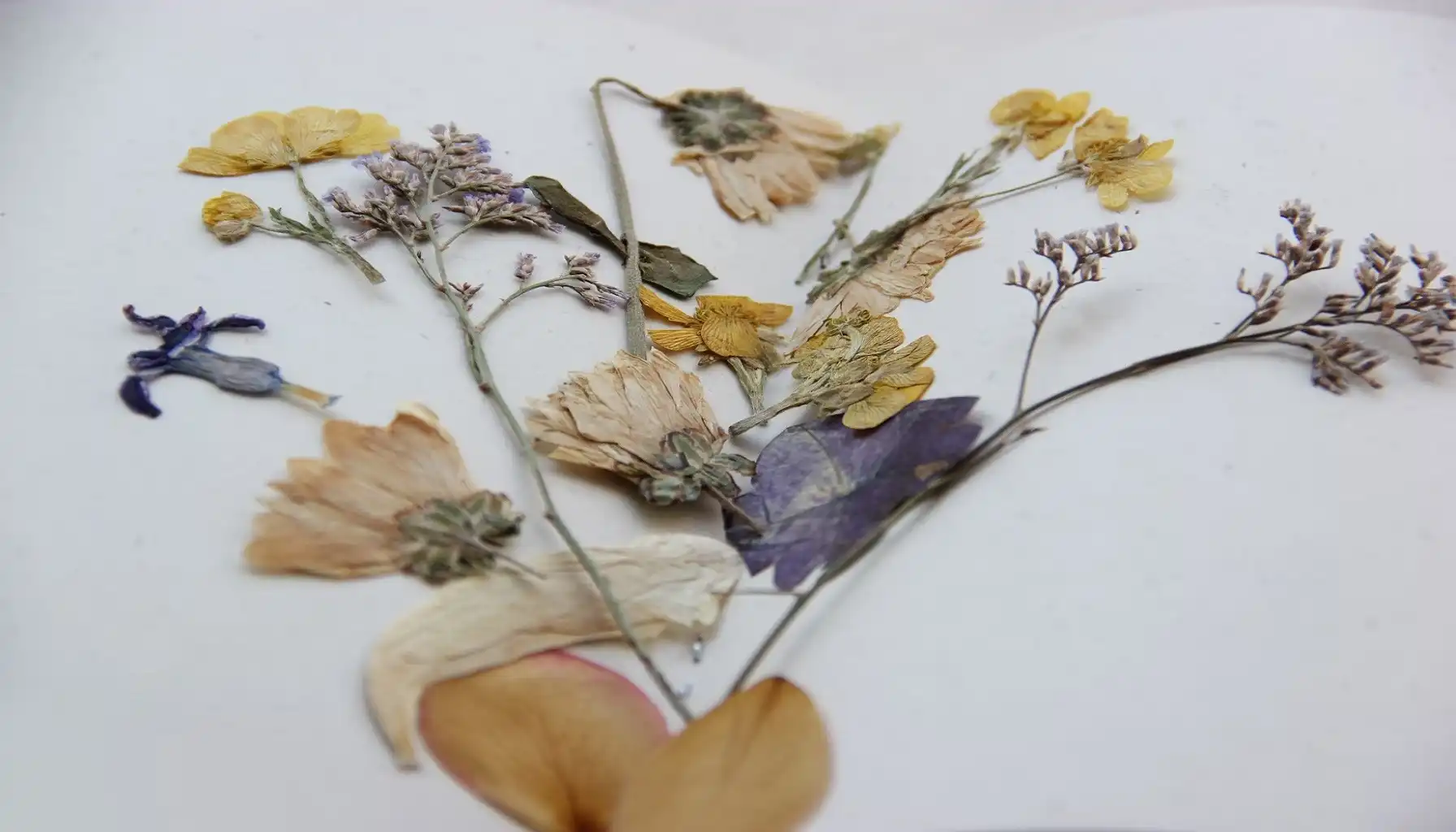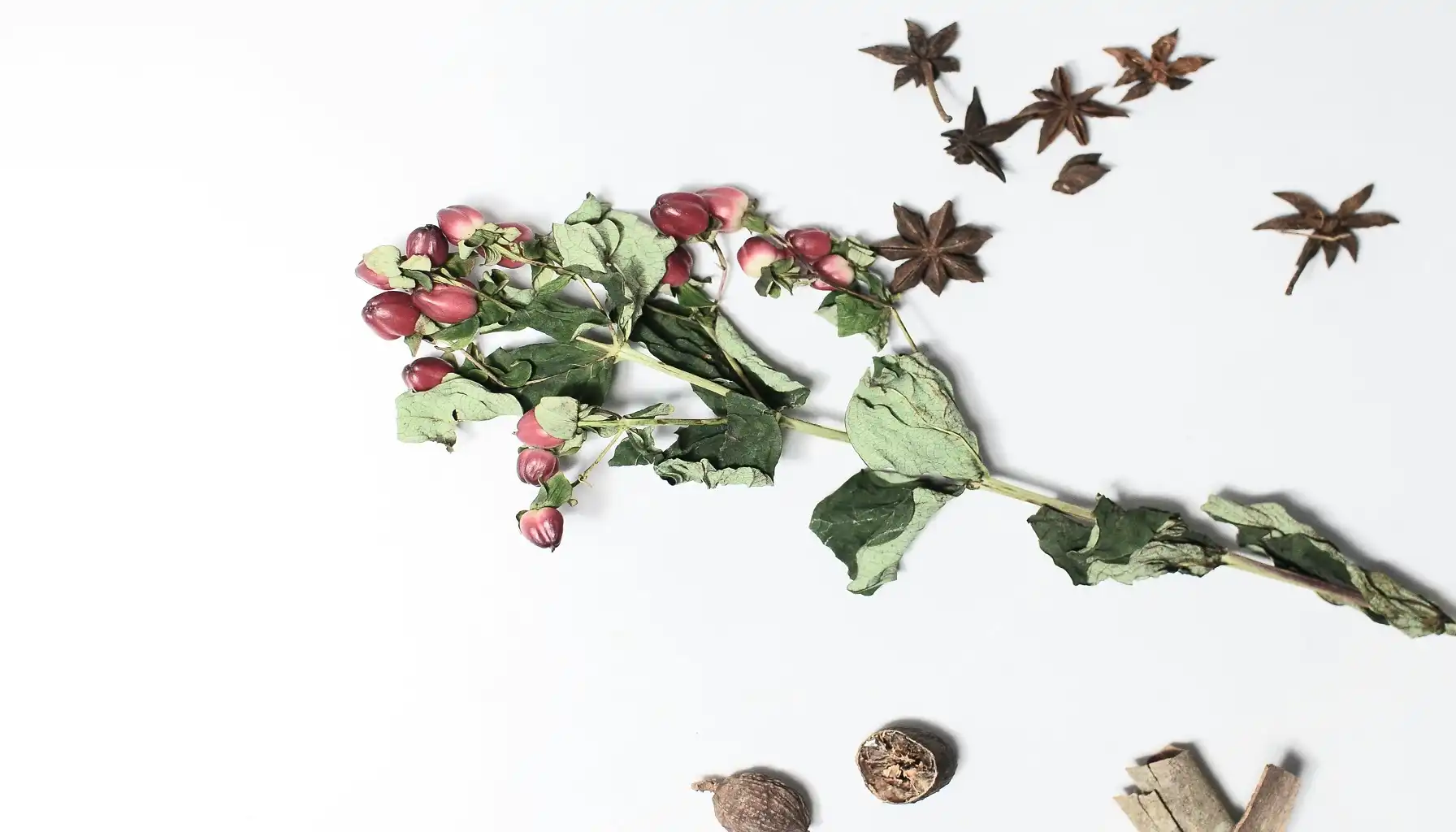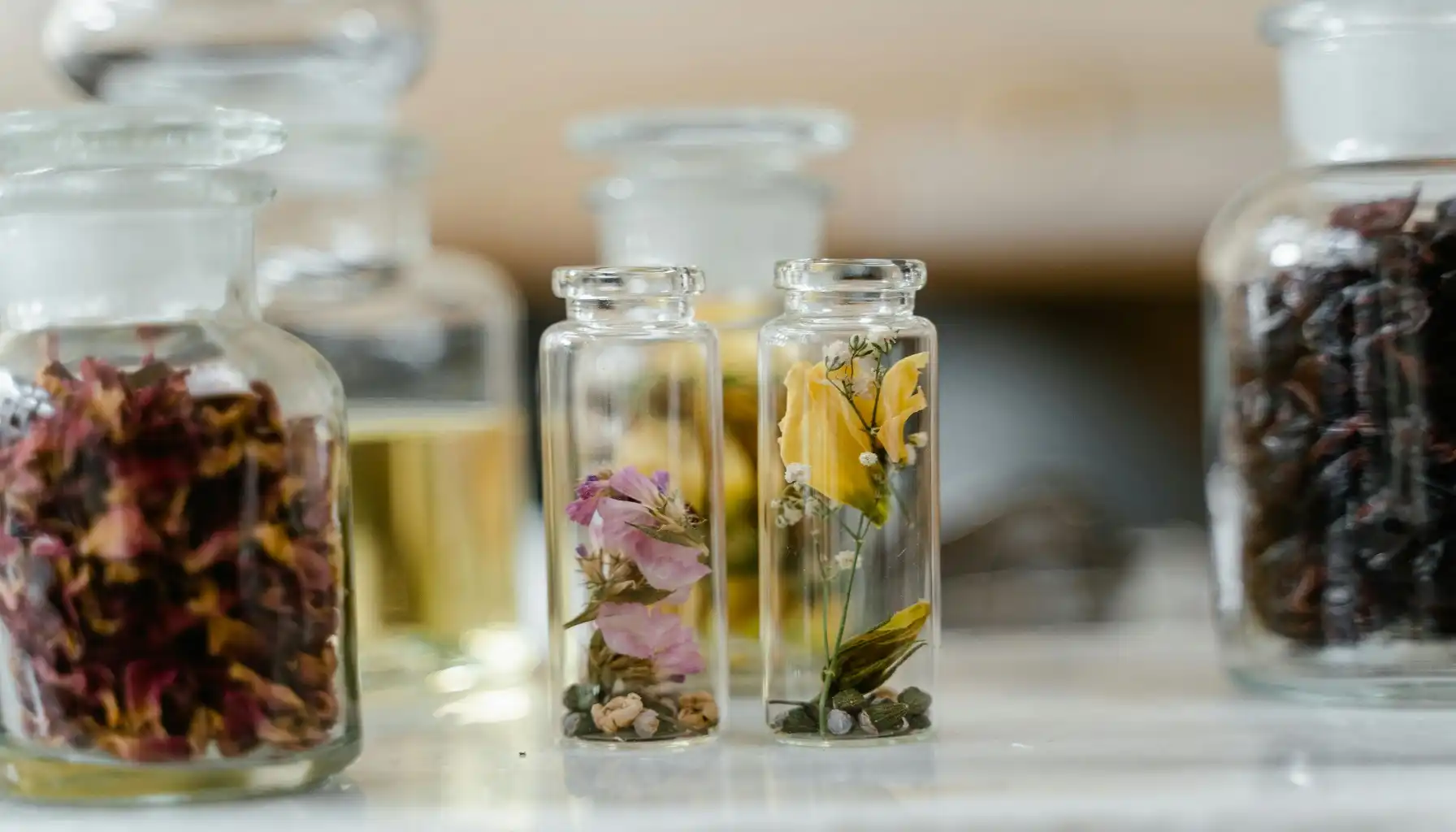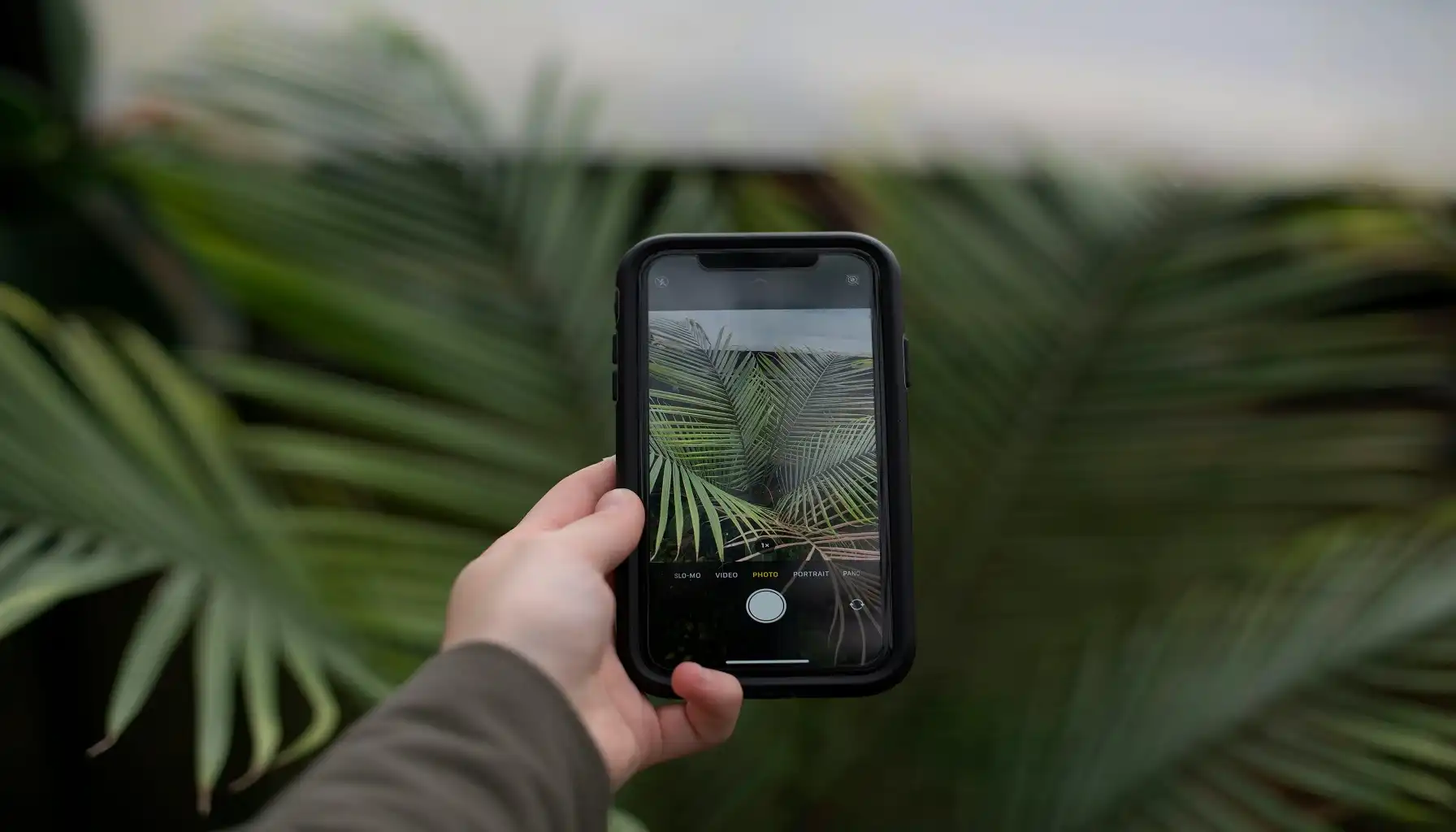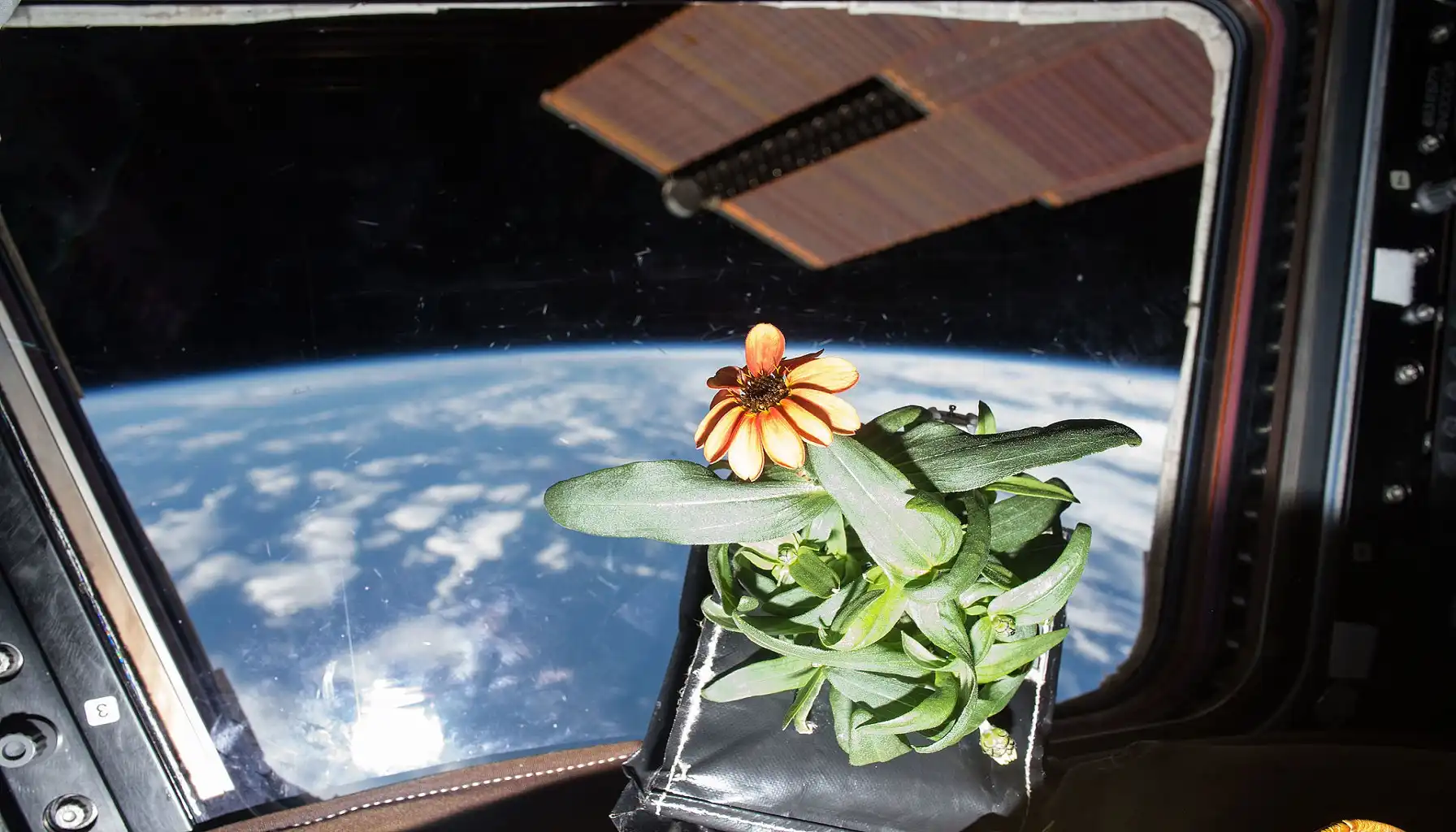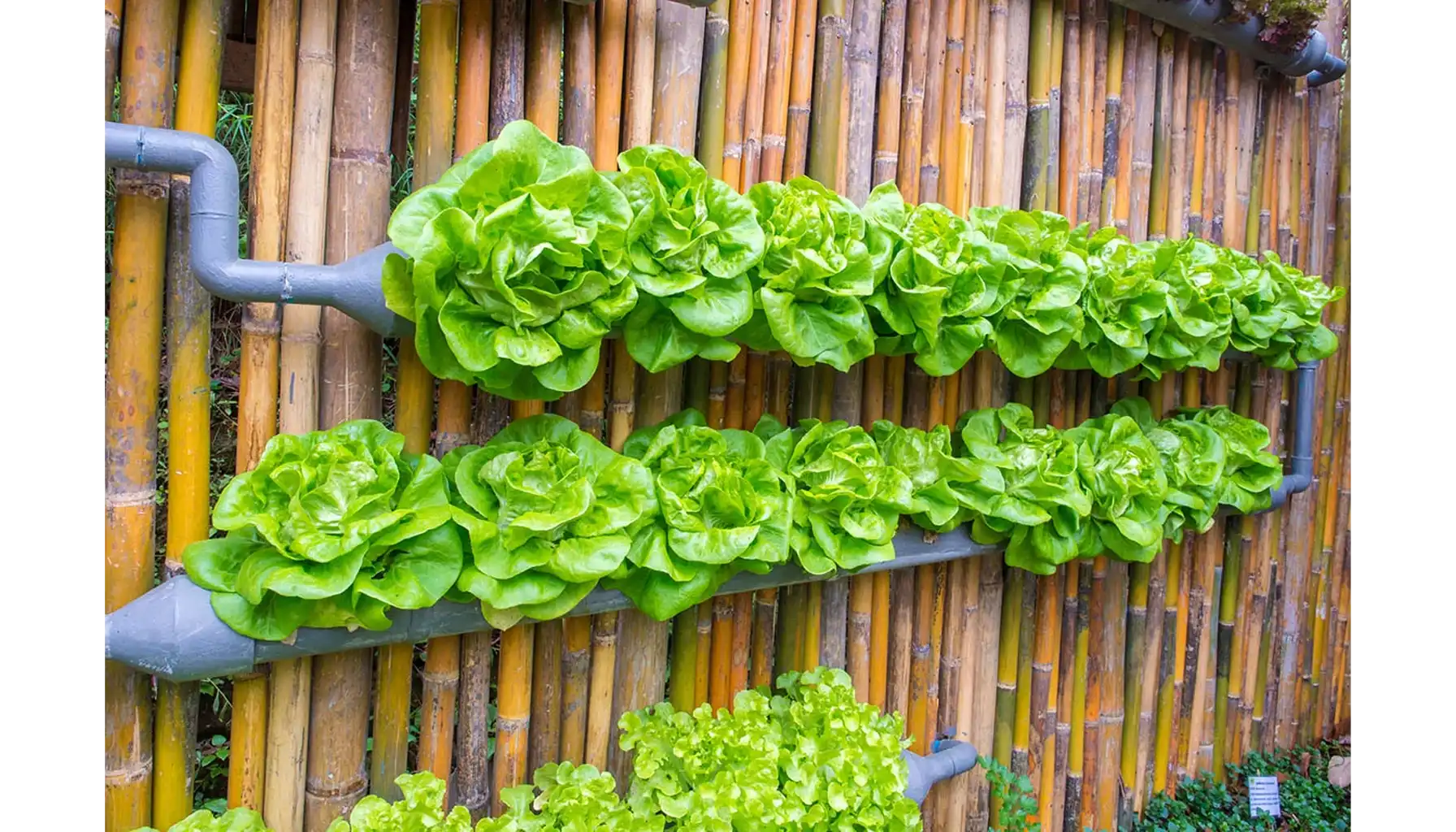What is a herbarium? Many of us used to think of it as something from school biology lessons: dried leaves neatly glued to pages. But today it is not quite like that: now it is a way to preserve nature, observe it and learn to understand it, and digital herbarium plays not the least role.
Today you can do all this right from your phone: all you need is a camera and a good plant ID app, which will help you recognize plants from photos, maintain a collection, sort specimens by species and seasons. And all this - without any extra effort.
If you've ever wondered what a Dragon herbarium is or stumbled upon the mention of a collection in a herbarium NYT but didn't know where to start - you're in the right place. We suggest starting with the basics and answering what is a herbarium, what apps help you keep one, how digital one is better than paper, and how to make it beautiful, easy, and useful.
Herbarium Definition: What You Need to Know to Start
Well, first things first. What is an herbarium? Actually this is a collection of plants arranged for storage and study. It used to be associated with paper and presses, today it's your smartphone gallery and the right tool that can assemble a full collection in an herbarium say, using just photos, tags, and location data.
To create your own collection you will need some basic things:
a smartphone with a good camera;
a handy app for recognizing plants;
neutral background or classic herbarium paper;
storage structure - e.g. a digital album, as in herbarium book, or a folder in the cloud or in the service.
Today, technology doesn't stand still: Duke Herbarium is actively digitizing its collections, making rare herbarium specimens available online. The Burke Herbarium is doing similar work, developing open bases for scientific and educational work. The University of Calgary Digital Collections Herbarium is a great example of how technology makes collections accessible and just as useful as their paper counterparts.
You can build your personal set around your interests: some start with aromatic plants and are inspired by examples like the clary sage herbarium, while others focus on visual aesthetics - creating images that inspire sparkling herbarium cluster rings.
Example of Plant Collections to Inspire
If you don't know where to start or what your future collection might look like - below you'll find real and themed examples: some are held at universities, others are inspired by design or an unusual concept.
Name | Why it's interesting |
NYBG Herbarium | One of the largest collections in the world, part of the New York Botanical Garden. An excellent example of systematic cataloging. |
Jepson Herbarium | Specializes in the flora of California. Easy digital access and accurate descriptions. |
WTU Herbarium | Catalog of the flora of the University of Washington. It is quickly digitized now. |
SATS Herbarium | Focus on the ecosystems of South Africa. Excellent source for inspiration if interested in unusual flora and ways to identify rare plants with your phone. |
Ministry of Agriculture National Herbarium | National project focusing on agro-resource and biodiversity conservation. |
Herbarium Ridgewood | Local urban flora collection with emphasis on accessibility and local involvement. |
University of Calgary Herbarium Digital Collections | Easy access to specimens, including rare plants from Canada and the Arctic regions. Suitable for those who want to explore the further parts of the herbarium in a modern format - online, interactive. |
If you do want to build a physical collection, you will need herbarium supplies. You can use all sorts of nice little things like decorative Japanese herbarium bottles or labels, paper and boxes, which you can find at specialized suppliers like the herbarium supply company. These sets are still created by hand, which is a separate pleasure.
But more and more people are choosing the digital format - it's faster, more convenient and doesn't require shelf space. Let's discuss in more detail how to organize your own flora collection digitally.
Steps to Your Own Collection: How to Create the Plant Set with Your Phone
Well, you know digital sets allow you to save your finds on the go, organize them, add notes, and visually track your collection. All you need is a camera and the right app. And here is where you should start.
Step 1: Choose the Right App
AI Plant Finder
A universal solution for users who do not just want to recognize plants, but want to maintain a complete digital catalog. It identifies species by photo, diagnoses diseases, and offers precise advice on care.
Which makes botanical archive keeping convenient:
Identifies plants by photo with high accuracy
Analyzes diseases by appearance and suggests treatment options;
Access to a database of 300,000+ species with manual and AI searches;
My Garden Tool feature offers you to see what plants you already have and even create reminders (watering, feeding, pruning);
Additional features if you not only have a collection but also grow something:
PictureThis
A quick and easy tool for people just starting out. The app recognizes a plant from a photo and gives basic information (but some can say it is less suitable for maintaining a structured collection).
What you can use as part of a herbarium:
Recognizes plants from a photo at high speed;
Shows general description and care tips;
Gives you the ability to save your finds, but without a flexible sorting system or notes.
Flora Incognita
A scientific application developed in partnership with German universities. Particularly useful when traveling or on expeditions - handles the wild flora of Europe well.
How useful for a digital database:
High accuracy when identifying rare and native species;
Does not require a subscription;
Allows you to save images and add geo-tagging;
Not designed for systematic collection management, but a great complement to other tools.
You can also find more about the best ID apps in 2024 that can be useful for you.
Step 2: Take the Right Photo
A photo is the basis of everything. The quality of the photo depends not just solely on the accuracy of recognition, but also on the convenience of further storage.
Tips:
Take photos in natural, diffused light, without shadows or glare;
Use a neutral background (a piece of paper or cloth);
Take several perspectives: general view, leaf, flower, stem;
If the plant is wild - add geo-tagging and a brief note (if your service allows).
It doesn't take much time, but it will help you gather material that is easy to work with, sort through, and return to later.
Step 3: Organize Your Collection Conveniently
Making a floral collection is not just about saving photos. The key is order. Without it, things quickly turn into gallery chaos.
How to maintain your collection like a pro:
Create selections by region, season, plant type;
Add tags - for example, “medicinal,” “rare,” “poisonous.”
Keep short notes: where you found it, what interested you;
Use the app's features - for example, in Plant Finder you can refer to My Garden Tool feature to keep track of plant health be it your favourite trailing plants to grow or some rare species for collection.
This way you'll have not just a set of pictures, but a full-fledged botanical archive that's easy to share or revisit later.
Step 4: See Some Advice before Go
It is not necessary to start with dozens of samples - it is better to choose 5-10 plants that are really interesting to you personally. This will allow you not to burn out and immediately feel how your system works.
Useful habits:
Share your finds - on social networks, messengers or directly from the app;
Go back through your collection - update photos, note changes;
Don't be afraid to experiment - everything is easy to change and rebuild in digital format.
The main thing is to enjoy the process, as it is not a project to be graded but a way to learn to look more closely.
Your New Living Hobby
Gathering a collection of plants is easier than ever: your smartphone is a magnifying glass, notebook and catalog all in one. And now the digital plant library doesn't require shelves or extra space, but it teaches attention, observation and love of nature. So, install the app and start right now to see how many interesting things are hiding nearby.
Gathering a collection of plants is easier than ever: your smartphone is a magnifying glass, notebook, and catalog - all in one. While some explore classic flora, others draw unexpected inspiration from modern concepts like herbarium Сrenshaw. A digital plant library doesn’t require shelves, but it teaches attention, observation, and love of nature. So, install the app and start right now — you’ll be surprised how many fascinating things are hiding nearby.
Related AI Plant Finder Posts:
